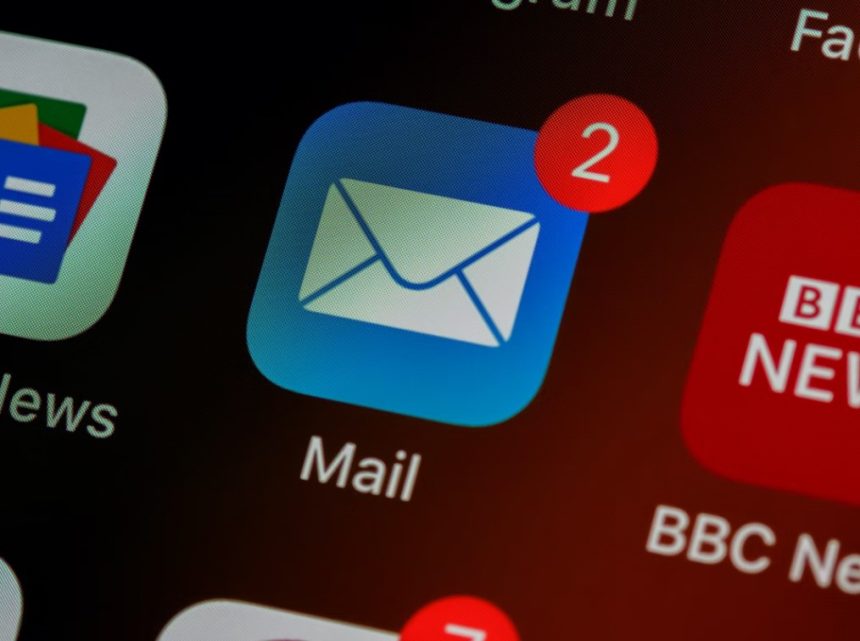Direct mail campaigns have long been an effective marketing tool for businesses, large and small. But in the age of digital marketing, many marketers need to pay attention to the power that direct mail brings to their overall strategy.
At its core, design drives direct mail strategies—from A/B testing concepts to crafting unique visuals and punchy copy—so it’s worth looking at what makes a winning campaign in this space. In today’s article, we’ll explore how you can create eye-catching designs with ruthless attention to detail that drive maximum engagement through your next direct mail campaign. Let’s dive right in.
The power of direct mail: Why physical marketing still packs a punch
In a world where we are constantly bombarded with digital advertisements and promotions, receiving something physical in the mail can be a refreshing change. Direct mail is tangible and can create a personal connection between the brand and the recipient. In fact, according to the Data & Marketing Association (DMA), direct mail has an average response rate of 4.9%, compared to email’s average response rate of just 1%. Direct mail campaigns can potentially engage and convert customers at a much higher rate than their digital counterparts.
Moreover, direct mail has been shown to leave a lasting impression on recipients. Studies have found that people are more likely to remember information they receive in print form rather than digitally. It is because we skim through information on our screens, but we take the time to physically hold and look at something that arrives in our mailbox. Mail delivery time from zip code to zip code is relatively consistent, so your campaigns will reach customers in a predictable and timely manner. This reliability can be leveraged to create a sense of anticipation and excitement for recipients.
Choosing the proper format: Maximizing open and response rates
When it comes to direct mail, the format you choose can significantly impact your campaign’s success. From postcards and letters to brochures and catalogs, there are various options available for you to consider. The key is to choose a format that grabs attention and encourages recipients to open and engage with the content.
One effective way to maximize open rates is to use teaser envelopes. These are envelopes with a small window that reveals a glimpse of the contents inside, creating curiosity and encouraging recipients to open them. Including personalized messages or offers on the envelope can also entice people to open it and see what’s inside.
Consider using interactive elements in your direct mail pieces to increase response rates. It could be anything from scratch-off cards and QR codes to pop-up elements and personalized URLs. These interactive features add fun to your mail and make it more memorable, increasing the likelihood of recipients taking action.
Eye-catching design: Hooking readers in 3 seconds or less
To make the most of your direct mail campaign, creating a design that captures attention and keeps recipients engaged is crucial. According to research, people decide whether or not to keep reading a piece of mail within the first 3 seconds. It means you have a concise window to make an impact.
One way to grab attention is through bold and visually appealing design elements. Eye-catching colors, unique illustrations, and striking images can all help to capture the reader’s attention quickly. Additionally, using clear and concise copy that compellingly conveys your message is essential. Avoid using large chunks of text and instead use bullet points, subheadings, and other formatting techniques to break up the content and make it easier to read.
Clever copy: Crafting content that compels action
Aside from design, the copy used in your direct mail campaign plays a crucial role in engaging and converting recipients. It’s essential to keep it concise and focused on the key benefits of your product or service. Use language that speaks directly to your target audience and conveys a sense of urgency.
Personalization is also crucial when it comes to copywriting for direct mail campaigns. Using personalized messaging and including the recipient’s name can make them feel valued and increase the likelihood of them taking action. Testing different copy variations through A/B testing can also help to determine which messages resonate best with your target audience.
Tracking results: Optimizing future campaigns
One of the significant advantages of digital marketing is the ability to track and analyze results in real-time. It allows marketers to make data-driven decisions and optimize their campaigns for future success.
However, it’s important to note that direct mail campaigns can also be tracked and optimized. By monitoring response rates, conversion rates, and other vital metrics, marketers can gain valuable insights into the effectiveness of their direct mail campaigns. This information can then be used to make informed decisions and improve future campaigns.
In addition to tracking and analyzing results, digital marketing offers the advantage of being highly measurable. With the use of analytics tools, marketers can dive deep into the performance of their campaigns, understanding which elements were most effective and which ones need improvement. This level of detail allows for continuous optimization and refinement, leading to higher engagement and conversion rates over time.














